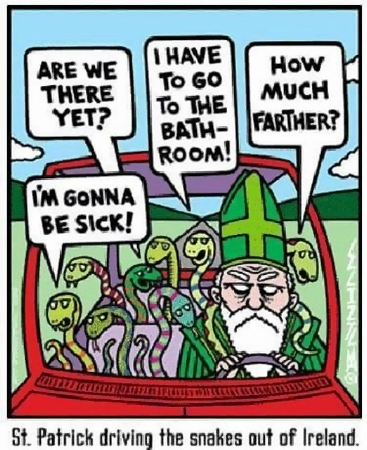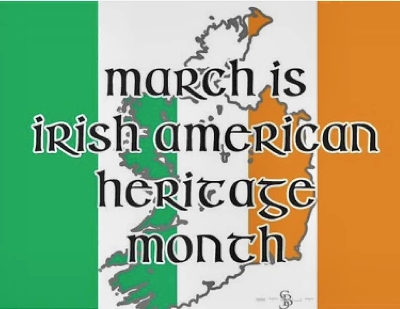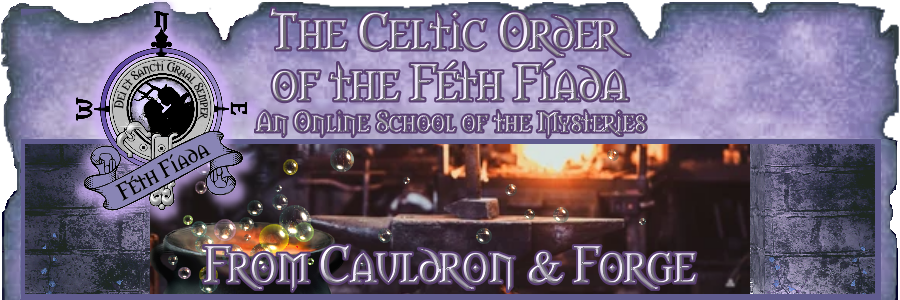St. Patrick’s Day is almost upon us. If you wish to refer to it by its nickname, please be sure you spell it properly: It’s St. Paddy’s Day (for the Irish Pádraig ), not St. Patty’s Day (“patty” is a hamburger or sausage). Now that we’ve got that sorted, let’s take a look at the man himself.
First of all, contrary to what many may believe, St. Patrick wasn’t Irish. He was a late 4th- or early 5th-century Romano-British or Welsh Christian missionary and bishop, perhaps born in the still-then Welsh-speaking Northern Kingdom of Strathclyde, at Bannavem Taberniae; or in the south of Wales, around the Severn estuary; or at St. Davids in Pembrokeshire, the tiny city of St. Davids sitting directly on the seagoing missionary and trade routes to and from Ireland.[1]

He was born Maewyn Succat (Magonus Succetus), from the British *Magunos- (servant lad) and *Succiatus (swineherd).[2] We don’t know much about his early life, but according to his autobiographical Confessio (Declaration), when St. Patrick was around sixteen years old, he was taken captive by Irish pirates, who raided his family’s estate and carried him away as a slave to Ireland. There, he looked after animals and resided for approximately six years before finally making good his escape and returning home. Shortly afterward, he journeyed to Gaul, where he studied religious instruction under Germanus, Bishop of Auxerre. St. Patrick’s course of study lasted for more than fifteen years and culminated with his ordination as a priest.[3]
Eventually, he returned to Ireland. However, contrary to popular belief, St. Patrick wasn’t the first Christian missionary to take up residence there. “In addition to Palladius, there are traditions of Christian saints and their communities in Ireland, particularly in the south and east, before St. Patrick’s arrival. These pre-Patrician Christians may have developed the earliest Irish writing system, known as ogham.”[4]
Still, St. Patrick had some advantages over the others, which helped him prove “very successful at winning converts. Familiar with the Irish language and culture, he adapted traditional ritual into his lessons of Christianity rather than attempting to eradicate native beliefs. He used bonfires to celebrate Easter since the Irish were used to honouring their gods with fire; he also superimposed a sun, a powerful native symbol, onto the Christian cross to create what is now called a Celtic cross.”[5]
“One legend (written 700 A.D.) described Patrick’s contest with native religious leaders, the druids. The druids insulted Patrick, tried to poison him and engaged him in magical duels — much like students of Harry Potter’s Hogwarts — in which they competed to manipulate the weather, destroy each other’s sacred books and survive raging fires. ¶ When one druid dared to blaspheme the Christian God, however, Patrick sent the druid flying into air — the man dropped to the ground and broke his skull.”[6]

Perhaps the most famous legend about St. Patrick is that he drove all the snakes out of Ireland, “chasing them into the sea after they attacked him during a 40-day fast he was undertaking on top of a hill.”[7] But we know that simply isn’t true. “As keeper of natural history at the National Museum of Ireland in Dublin, Nigel Monaghan has trawled through vast collections of fossil and other records of Irish animals. ‘At no time has there ever been any suggestion of snakes in Ireland, so [there was] nothing for St. Patrick to banish,’ Monaghan said. ¶ So what did happen? ¶ Most scientists point to the most recent ice age, which kept the island too cold for reptiles until it ended 10,000 years ago. After the ice age, surrounding seas may have kept snakes from colonizing the Emerald Isle.”[8]
Because, in reality, there weren’t any snakes in Ireland, many people have insisted that the word “snakes” actually refers to the Druids, who, in Great Britain at least, were associated with adders (nadroedd “snakes”) and “adder” or “snake” stones. But that it was the Druids that St. Patrick drove away might not be true, either. “Yes, Christianity slowly became the dominant religion in Ireland, but that was a matter of slow conversion, not conquest and driving druids away. But pagan myths, beliefs, and customs didn’t go away, they were simply absorbed into the Christian structure and local lore. Gods became fairies like the Tuath De Danaan, or heroes like Fionn Mac Cumhaill, or even saints like Brigid. Paganism in Ireland still exists.”[9]

Today, primarily because of Irish-Americans, we celebrate St. Patrick’s Day, March 17, with a great many not-so-spiritual traditions that run the gamut, including silly hats, leprechauns, pots of faux gold coins and shamrocks, and green beer. Most Americans, at least, probably couldn’t tell you much about St. Patrick at all. Instead, for many of us, it is a day to honor our Celtic (particularly Irish) heritage and ancestors. In fact, March as a whole is Irish-American Heritage Month. So to all of you whose bloodlines run back in time to the Celtic Nations, and especially this month to Ireland, have fun celebrating St. Paddy’s Day and Irish-American Heritage Month — oh, and don’t forget to sow some clover in your yard for good luck!
Blessings!
APs Rhianwen Bendigaid
Footnotes:
[1] Johnson, Ben, “St Patrick – The most celebrated Welshman in America?” Historic UK. Web. 12 March 2023.
[2] Byrne, F.J. & Francis, Pádraig, “Two Lives of Saint Patrick: ‘Vita Secunda’ and ‘Vita Quarta.’ The Journal of the Royal Society of Antiquaries of Ireland, Vol. 124 (1994), p. 80.
[3] Johnson, Ben, “St Patrick – The most celebrated Welshman in America?” Historic UK. Web. 12 March 2023.
[4] Ireland, Colin A., “Early Medieval Ireland and Christianity.” Encyclopedia.com. Web. 12 March 2023.
[5] Johnson, Ben, “St Patrick – The most celebrated Welshman in America?” Historic UK. Web. 12 March 2023.
[6] Bitel, Lisa, “St. Patrick: Not Irish, Dueled With Druids, Refused to ‘Suck a Man’s Breast:’ Ten things that might surprise you about the March 17 miracle-maker.” The Daily Beast. Web. 12 March 2023.
[7] Owen, James (13 March 2008). “Snakeless in Ireland: Blame Ice Age, Not St. Patrick.” National Geographic News. Archived from the original on 10 May 2012. Retrieved 12 March 2023.
[8] Ibid.
[9] Mason, Jessica, “The Truth About Saint Patrick, Snakes, Pagans, and More.” The Mary Sue. Web. 12 March 2023.










